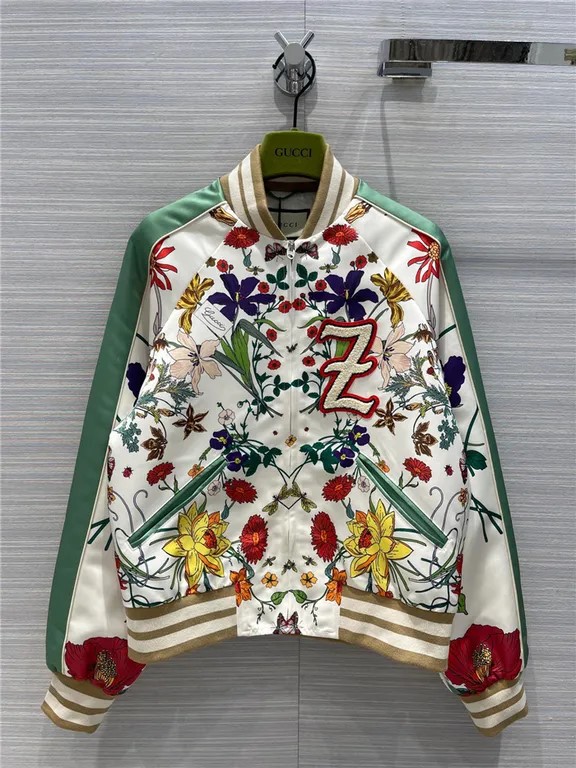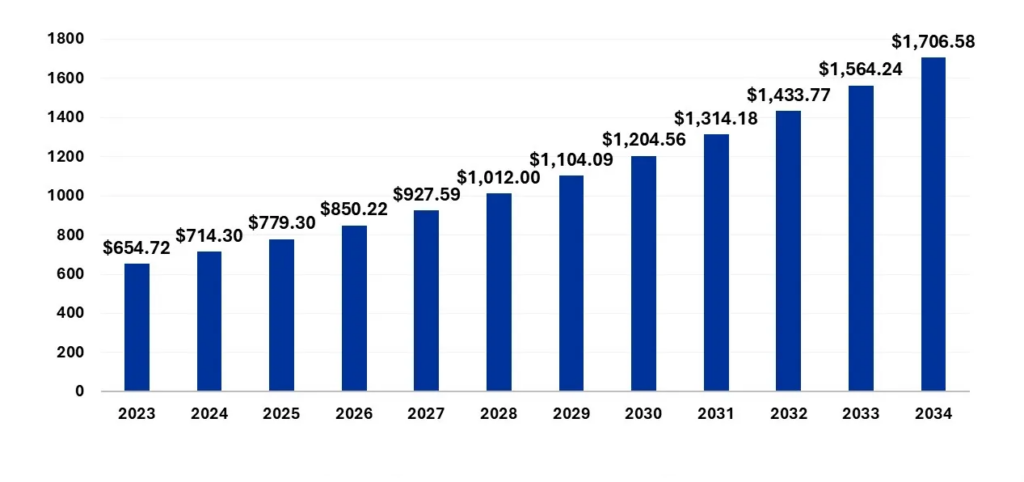Replicas allow individuals to embrace the latest trends without the hefty price tags. With shifting consumer preferences and the influence of technology, the demand for replica clothing continues to rise.
What are the key trends driving this surge in interest? Explore how affordability, social media, and sustainability shape this burgeoning market.
Affordable Access to High-End Fashion
Affordability is one of the most significant drivers behind the demand for women’s replica clothing. Designer fashion often comes with price tags that need to be more attainable for many consumers.

Replica clothing bridges this gap, offering styles that closely mimic high-end designs at a fraction of the cost. This allows fashion enthusiasts to keep up with the latest trends without overspending.
For many, this is an empowering alternative to fast fashion, allowing them to enjoy high-quality aesthetics without compromising their budget.
Additionally, replicas cater to those who admire iconic designs but do not prioritize brand labels, focusing instead on the look and feel of the product.
This accessibility democratizes fashion, making once-exclusive styles available to a broader audience and fueling the growth of the replica clothing market.
The Influence of Social Media and Celebrity Culture
Social media and celebrity culture have significantly contributed to the growing demand for women’s replica clothing.
Platforms like Instagram, TikTok, and Pinterest serve as showcases for high-end fashion, with influencers and celebrities frequently flaunting the latest designer trends.
This exposure creates aspirational goals for consumers who want to replicate the looks they admire.
Social media has also accelerated the spread of trends, with viral outfits and “dupes” becoming part of everyday conversations among fashion enthusiasts.
Retailers catering to the replica market often capitalize on this momentum by offering affordable alternatives to trending designer items.
Additionally, the culture of outfit sharing on social media encourages a “wear once” mentality, making affordable replicas an appealing choice.
This blend of celebrity inspiration and digital influence continues to drive interest in the replica clothing market.
Rising Focus on Sustainability and Circular Fashion
The increasing awareness of sustainability in fashion has also contributed to the demand for women’s replica clothing.
Many consumers are turning away from fast fashion, seeking alternatives that balance affordability with ethical considerations.
When sourced from reputable manufacturers, Replica clothing can provide a more sustainable option by reusing designs and reducing waste.
Circular fashion concepts like reselling and upcycling align well with the replica market. Consumers can purchase replicas of iconic pieces, extend their lifecycle through careful use, and eventually pass them on to others. This approach contrasts with the disposable nature of fast fashion, promoting mindful consumption.
Furthermore, replicas often use fewer resources than original designer production, offering a way to enjoy fashionable pieces with a reduced environmental footprint.
As sustainability becomes a central concern for modern shoppers, replica clothing provides an avenue to embrace style responsibly, making it a compelling choice for eco-conscious consumers.
Customization and Personalization in Replica Clothing
Customization is another trend driving the appeal of women’s replica clothing. Unlike traditional ready-to-wear options, replica retailers often offer customization services, allowing consumers to tailor pieces to their preferences.
This includes selecting specific colors and sizes or even adding unique details to mimic the exact look of a designer piece.
Personalization appeals to consumers who value individuality while staying on trend. For example, replica handbags can be customized with initials or modified to suit a user’s needs better, creating a bespoke experience at an accessible price. This flexibility is a significant advantage over mass-produced fast fashion items.
Moreover, the ability to personalize replica clothing fosters a sense of ownership and satisfaction, enhancing the overall shopping experience.
By catering to the growing demand for unique, high-quality fashion, the replica market continues to attract consumers seeking affordable yet tailored wardrobe solutions.

Global Women’s Replica Clothing Market Size Forecast 2023-2034
The global women’s replica clothing market is expected to grow significantly from 2023 to 2034, driven by the increasing demand for affordable fashion alternatives.
As the influence of social media and fashion influencers continues to shape consumer preferences, the desire for designer-inspired styles at lower price points has surged.
Replica clothing offers a cost-effective way for consumers to access trendy, high-fashion looks without the expense of luxury labels.
Advances in production technologies have improved the quality, craftsmanship, and accuracy of replica clothing, making it more appealing to a broader audience.
The rise of e-commerce and online platforms has also played a pivotal role, providing consumers with easy access to diverse styles.
The fast fashion trend and the emphasis on cost-conscious shopping further bolster demand. With its blend of affordability and style, the women’s replica clothing market is poised for robust growth in the coming decade.
Conclusion: Why Women’s Replica Clothing Is Here to Stay
Replicas make high-end fashion accessible to a broader audience while addressing consumer desires for ethical and customizable options.
As these trends continue to shape the fashion landscape, replica clothing offers a practical and stylish solution for those seeking luxury-inspired designs. Its growing popularity suggests that replicas are not just a passing trend but a lasting component of modern fashion.